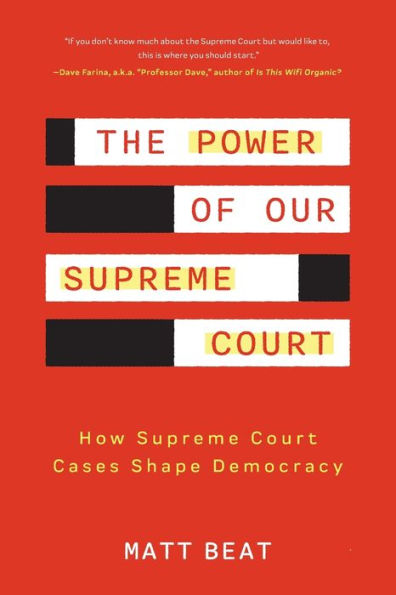Mr.Beat Connects the Supreme Court History Right to You!
#1 Best Seller in Courts & Law
Mr. Beat’s The Power of Our Supreme Court is the Supreme Court book of decisions that affect the everyday lives of Americans everywhere.
The real democracy of America unveiled. What does the Supreme Court do? Sure, people care when the court makes a big ruling, but most don’t pay attention to the court’s day-to-day decisions. In this highly relevant law book, Mr. Beat takes you on a journey through our Supreme Court system, what it is, who is in it and how they got to be there, while foreshadowing how it shapes our very future.
A tour of the most influential cases in history. Inspired by Mr. Beat’s court series, The Power of Our Supreme Court walks through many Supreme Court history cases from landmark cases to the more obscure. Matt Beat explains how each case affects us to this day in a way that is engaging, applicable, and easy to understand, even for beginners.
Inside, you’ll find:
- Detailed explanations of the Supreme Court, how it works, and how it affects you
- A Supreme Court cases book perfect for anyone interested in social science, political science, activism, law, or current events
- Interesting visuals, charts, and graphs to help contextualize and breakdown the historical significance of big and small cases
If you like courtroom books, legal books for lawyers, or books on politics like The Shadow Docket, How Civil Wars Start, The Color of Law, or The Flip Side of History, you’ll love Mr. Beat’s The Power of Our Supreme Court.



